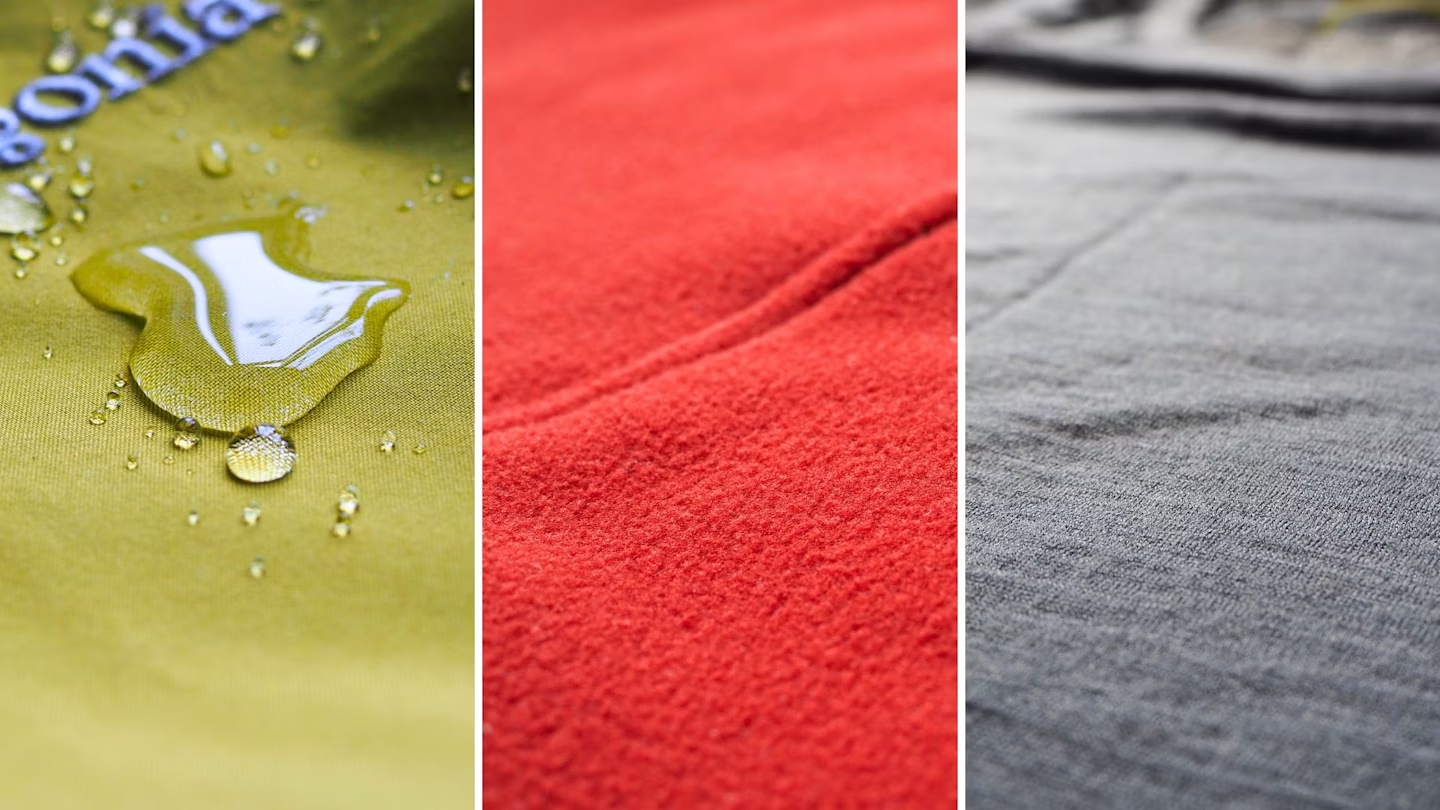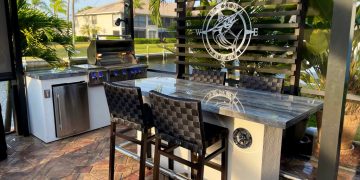Optimizing gear for efficiency is a crucial factor whether you’re a professional athlete, a DIY enthusiast, or a tech-savvy individual aiming for maximum productivity. Having the right equipment that functions at its peak performance can significantly improve output, save time, reduce energy consumption, and even prolong the lifespan of the gear itself. So, how do you know if your gear is truly optimized for efficiency? This article will explore various areas—gear performance, fine-tuning, and key indicators—to help you determine if your tools, equipment, or devices are working as efficiently as possible.
What Does “Optimized for Efficiency” Mean?
Before diving into the specifics, it’s important to understand what “optimized for efficiency” means in the context of gear and equipment. It generally refers to getting the most output with the least amount of input. For physical tools, this could mean utilizing the least amount of energy or force to achieve a task. For tech gear, this might mean reducing processing time while increasing the quality of the results. Optimized gear should:
- Perform tasks faster with minimal effort
- Consume fewer resources (e.g., energy, materials)
- Deliver reliable results consistently over time
- Maximize durability and lifespan
In short, an optimized piece of gear works smarter, not harder.
1. The Signs of an Efficient Gear
Recognizing when your gear is optimized is not always as straightforward as it seems. However, there are key indicators that can tell you if your gear is running at its best:
a. Minimal Downtime
One of the first signs that your equipment is efficient is minimal downtime. Whether you’re using machinery, tools, or even software, a properly optimized gear should experience fewer breakdowns and require fewer repairs. If you find yourself frequently fixing, tuning, or replacing parts, your gear is likely not optimized.
For example, if you’re using a laptop for work, it should be able to handle all your tasks (from browsing to running intensive programs) without frequent crashes or slowdowns. An optimized laptop, for instance, will load software quickly, multitask effectively, and not consume excessive power during use.
b. Energy Consumption
Optimized gear uses energy intelligently. For physical tools like power drills, or mechanical devices such as cars or industrial machinery, energy efficiency is a major factor. These tools should be designed to minimize energy loss, and their motors or engines should not waste fuel or power.
For example, an energy-efficient car engine will deliver a higher mileage per gallon of fuel. Similarly, an optimized computer should have low power consumption while still delivering strong performance, especially in the case of laptops or mobile devices, where battery life is a key concern.

c. Output Consistency
If your gear is optimized, it will perform consistently without fluctuation in quality. This is particularly evident in devices such as printers, which should consistently produce clear, sharp prints without streaks or gaps. Similarly, power tools should deliver even performance during extended use, with no significant reduction in power output or overheating.
An optimized gear will maintain its performance over time. Tools that degrade quickly are often inefficient, consuming more resources than they should to achieve the same result.
2. Measuring Performance: Testing and Fine-Tuning
Now that we know what optimized gear looks like, let’s discuss how you can test and fine-tune your equipment to ensure maximum performance.
a. Running Benchmarks
In the world of technology, benchmarking is a standardized way to assess performance. This is a great tool to see if your computer, smartphone, or any other device is running at optimal levels. Benchmarks test the CPU, GPU, memory, and other components to provide a clear picture of how your device is performing.
For example, running performance tests on a computer or gaming system can show you whether it’s handling tasks such as gaming, video editing, or software development as efficiently as it should. In many cases, a few tweaks to the system (such as upgrading RAM or adjusting power settings) can improve the efficiency of the gear.
b. Checking Fuel Efficiency
For physical tools or vehicles, checking fuel efficiency is an important method of gauging optimization. A vehicle, for example, should be able to travel long distances without excessive fuel consumption. Over time, you can track how many miles per gallon your car or machinery achieves and compare it to manufacturer standards or previous readings.
If you notice a significant drop in fuel efficiency, it could be a sign that your engine or gear system is not optimized, potentially due to outdated parts, lack of maintenance, or simply wear and tear. Keeping an eye on these metrics can give you a clear idea of your gear’s performance and efficiency.
c. Maintenance Schedules
Another way to ensure that your gear stays optimized is by sticking to a regular maintenance schedule. Whether it’s a computer, car, lawnmower, or even a treadmill, regular check-ups help spot inefficiencies early. For example, cleaning the air filters in a car can improve fuel economy, while ensuring your computer’s cooling system is working properly can prevent overheating and extend its lifespan.
Many devices and machines come with specific maintenance schedules from the manufacturer, but understanding what needs to be checked regularly can make a significant difference. It’s essential to keep up with oil changes, battery replacements, and firmware updates.
d. Feedback and User Experience
Listening to feedback from other users is a valuable way to assess whether your gear is optimized. Reviews, forums, and community feedback often highlight common issues and solutions. You might discover that other users have been able to increase the efficiency of a particular tool with minor modifications or adjustments that you may not have considered.
For instance, upgrading to a higher-quality lens or camera filter can improve the output of your photography gear. Sometimes, small tweaks or accessories can yield impressive results.
3. Technology-Specific Tips for Optimization
While optimization is a universal concept, different types of gear have specific requirements for peak efficiency. Here are some tips for various categories of equipment:
a. Optimizing Personal Tech (Laptops, Smartphones, Tablets)
Personal technology gear often requires a combination of software and hardware optimization:
- Update Software Regularly: Software updates typically improve the efficiency of your device. This includes operating system updates, as well as application and security updates.
- Monitor System Health: Use tools like Task Manager or Activity Monitor to see which applications are consuming the most resources. Terminating unnecessary processes or applications can free up valuable memory and processing power.
- Upgrade Hardware: If your device is older, adding more RAM, switching to an SSD from an HDD, or upgrading the GPU can make a noticeable improvement in speed and efficiency.
- Optimize Battery Settings: For mobile devices, adjusting power-saving settings or reducing unnecessary background apps will help improve battery life.

b. Optimizing Power Tools and Machinery
When it comes to tools, machinery, or vehicles, physical maintenance is key:
- Lubrication: Ensure that moving parts are properly lubricated to reduce friction and prevent wear.
- Blades and Cutting Tools: Regularly sharpen blades, drill bits, and other cutting instruments. A dull tool requires more power and effort to do the same job, reducing overall efficiency.
- Correct Settings: Many tools allow for customization based on the task at hand. For example, power drills have speed settings that adjust their performance for different materials—choosing the right one for each task optimizes both speed and energy consumption.
c. Optimizing Software and Code
In the digital world, whether you’re a developer or an IT professional, optimizing your code or software can have a significant impact on the efficiency of the system:
- Efficient Algorithms: Use algorithms that minimize time complexity and make better use of resources. This applies to both backend coding and front-end development.
- Database Indexing: Properly indexed databases speed up search and retrieval processes, optimizing performance.
- Code Refactoring: Cleaning up unnecessary code, removing redundancies, and following best coding practices can ensure your software performs optimally.
4. The Role of Innovation and Design
A crucial factor in optimizing gear is the design and innovation behind it. Highly optimized equipment is often the result of intentional design choices made by engineers and manufacturers. These choices can include materials selection, the integration of automation, or even ergonomic improvements.
For example, electric cars are optimized not only for energy efficiency but also for intelligent software that controls energy consumption and maximizes battery life. Similarly, modern drones are designed with lightweight yet durable materials and power-efficient motors to ensure long flight times and reliable performance.
Innovation in the gear industry continuously pushes the boundaries of what’s possible in terms of efficiency. Staying updated with these advancements can lead to significant improvements in both personal and professional gear.
Conclusion: Making the Most of Your Gear
Understanding whether your gear is optimized for efficiency involves assessing its performance, energy consumption, and output consistency. Regular maintenance, upgrades, and monitoring can go a long way in ensuring that your equipment operates at its peak performance. Whether it’s a laptop, a car, or power tools, taking the time to test, tweak, and upgrade can save you time, money, and frustration in the long run.
As technology and gear evolve, staying informed about the latest trends and techniques for optimization will allow you to maximize the lifespan and effectiveness of your equipment, ensuring that you always get the best results possible.























